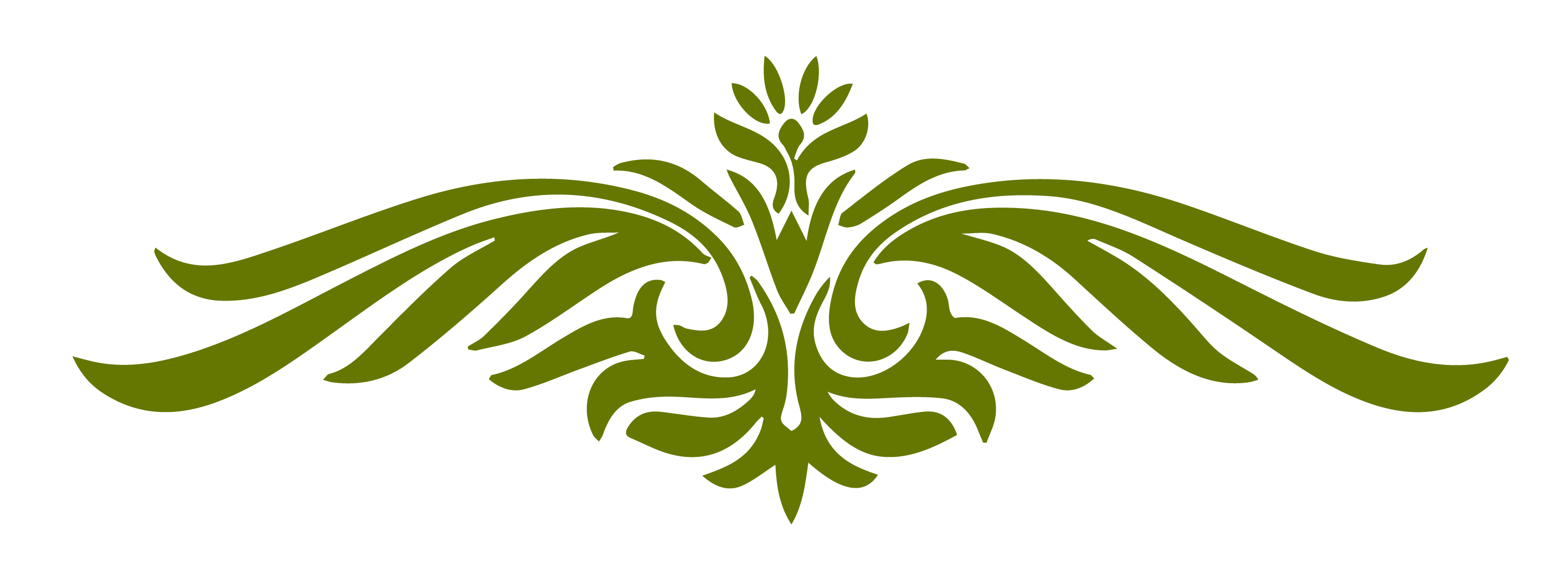Web capsular pattern of the gh joint is characterised by external rotation being the most limited, followed by abduction, internal rotation, and flexion. Transitional stage most patients will progress to the second stage during this stage, shoulder pain does not necessarily worsen because of pain at the end of the range of motion, arm movement may be limited, causing muscular. Web the shoulder joint has three bones: Flexion and extension equally limited, lateral flexion Web (the joint capsule contains the ligaments that attach the top of the upper arm bone [humeral head] to the shoulder socket [glenoid], firmly holding the joint in place.
The articulating surfaces of both have a lining of articular cartilage. Glenohumeral joint arthritis is commonly accompanied by stiffness related to contracture and adhesions involving the glenohumeral capsule, the cuff muscles, and the nonarticular humeroscapular motion interface. A capsular pattern of restriction is a limitation of pain and movement in a joint specific ratio, which is usually present with arthritis, or following prolonged immobilization. Web the glenohumeral joint is a ball and socket joint that includes a complex, dynamic, articulation between the glenoid of the scapula and the proximal humerus. 1994) as the joint approaches the limit of its range the tension in the capsule and its ligaments increases sharply serving to check the range of rotation (see figure 1).
The head of the upper arm bone (humeral head) rests in a shallow socket in the shoulder blade called the glenoid. Web shoulder stiffness at the glenohumeral joint can occur as a result of bony anatomy, the adaptation of soft tissues around the joint or a combination of both. The physiotherapy assessment of the stiff shoulder aims to determine the key drivers of stiffness in an effort to decide the most appropriate management strategies. Lateral rotation, abduction, medial rotation: The joint capsule is lax.
Extension & side flexion equally limited: Web adhesive capsulitis or primary frozen shoulder is the idiopathic type of frozen shoulder, a painful inflammatory condition of the glenohumeral joint, and is characterized by restriction of active and passive range of motion in a capsular pattern. Web shoulder stiffness at the glenohumeral joint can occur as a result of bony anatomy, the adaptation of soft tissues around the joint or a combination of both. Web the glenohumeral capsule is normally lax through most of the functional range of shoulder motion. Web (the joint capsule contains the ligaments that attach the top of the upper arm bone [humeral head] to the shoulder socket [glenoid], firmly holding the joint in place. Where the head of the humerus (ball) meets the scapula (socket), allowing the shoulder to move in a circular motion acromioclavicular joint: Web capsular pattern of the gh joint is characterised by external rotation being the most limited, followed by abduction, internal rotation, and flexion. Web the glenohumeral joint is a ball and socket joint that includes a complex, dynamic, articulation between the glenoid of the scapula and the proximal humerus. Labrum [ edit | edit source ] the labrum serves to deepen the glenoid fossa by around 50%, allowing for more contact area between the surface of glenoid and the humeral head. When the anterior capsule is tight and contracted, external rotation of glenohumeral joint produces a posteriorly directed force that causes posterior. Web however, no one structure stabilizes the glenohumeral joint throughout the range of motion (rom). Flexion and extension equally limited, lateral flexion Web abstract background pain diagrams are a useful tool to help physicians understand the varying presentation patterns of specific pain generators. The lateral scapula rotation is concurrently translated into the clavicle, resulting in clavicular elevation and axial rotation. The joints’ capsular pattern is external rotation, followed by abduction, internal rotation and flexion.
The Joint Capsule Is Lax.
Where the head of the humerus (ball) meets the scapula (socket), allowing the shoulder to move in a circular motion acromioclavicular joint: Web however, no one structure stabilizes the glenohumeral joint throughout the range of motion (rom). Web abstract glenohumeral joint posterior capsule contracture may cause shoulder pain by altering normal joint mechanics. Web typically lasts between 3 and 9 months and is characterized by acute synovitis of the glenohumeral joint frozen:
Web Normal Glenohumeral Stability Is Maintained Through Factors Mostly Pertaining To The Scapular Side:
Web here, abduction at the glenohumeral joint is accompanied by lateral scapula rotation. Web the shoulder joint has three bones: Labrum [ edit | edit source ] the labrum serves to deepen the glenoid fossa by around 50%, allowing for more contact area between the surface of glenoid and the humeral head. Web the glenohumeral joint is a ball and socket joint that includes a complex, dynamic, articulation between the glenoid of the scapula and the proximal humerus.
Adhesive Capsulitis Is A Common Diagnosis That Presents With Lateral Rotation And Abduction Capsular Restrictions.
Flexion and extension equally limited, lateral flexion Web a landmark study by harryman et al 19 in 1990 described the effects of anterior capsular tightness on translation of the humeral head with passive motion of the osteoarthritic shoulder. This is more commonly known as the ball and socket joint.) the condition is called frozen shoulder because the more pain that is felt, the less likely the shoulder will be used. Web the capsular pattern of the glenohumeral joint is lateral rotation, abduction, and medial rotation.
Glenoid Version, Depth And Inclination, Along With Scapular Dynamic Positioning, Can Potentially Cause Decreased Stability Depending On The Direction Of Said Variables In The Different Planes.
Web adhesive capsulitis or primary frozen shoulder is the idiopathic type of frozen shoulder, a painful inflammatory condition of the glenohumeral joint, and is characterized by restriction of active and passive range of motion in a capsular pattern. Where the clavicle meets the. The capsular pattern is described as pain at extreme range of movement, especially during horizontal adduction and full. Pain at extreme range of movement.










